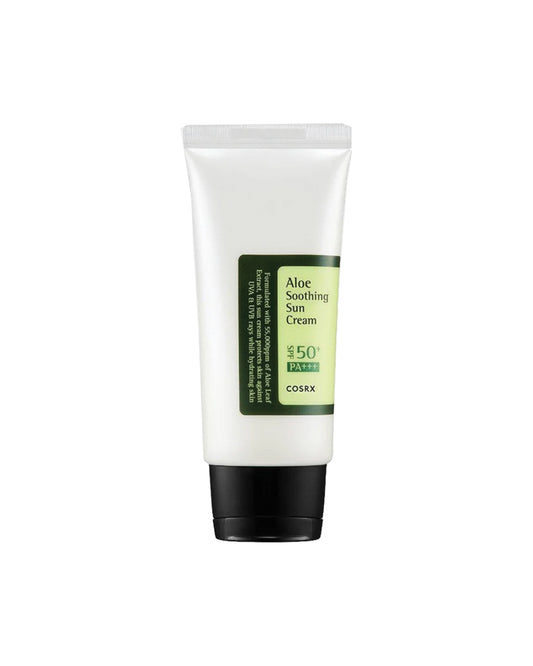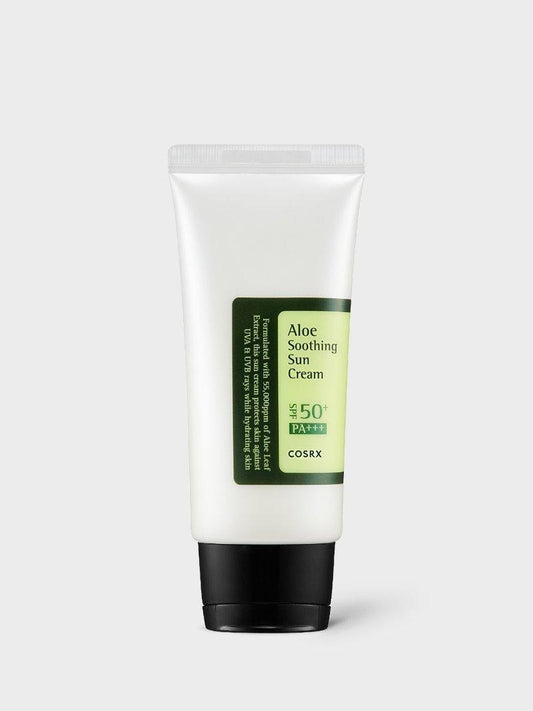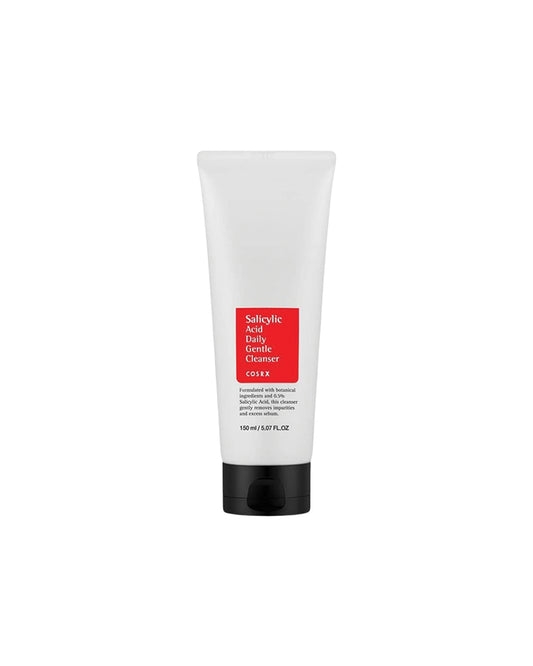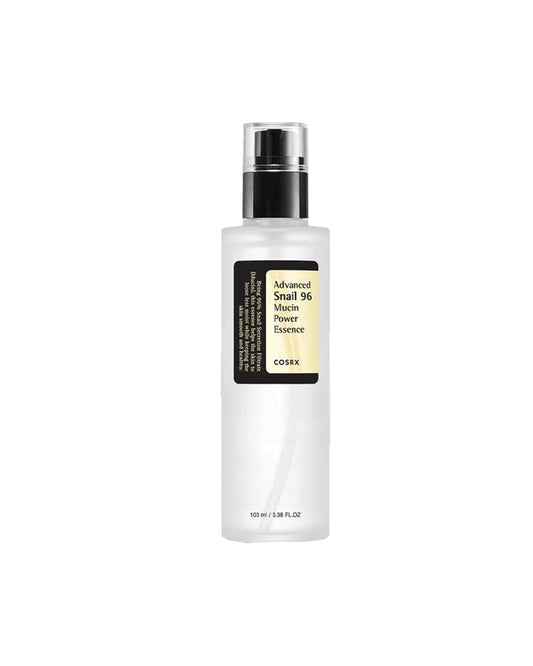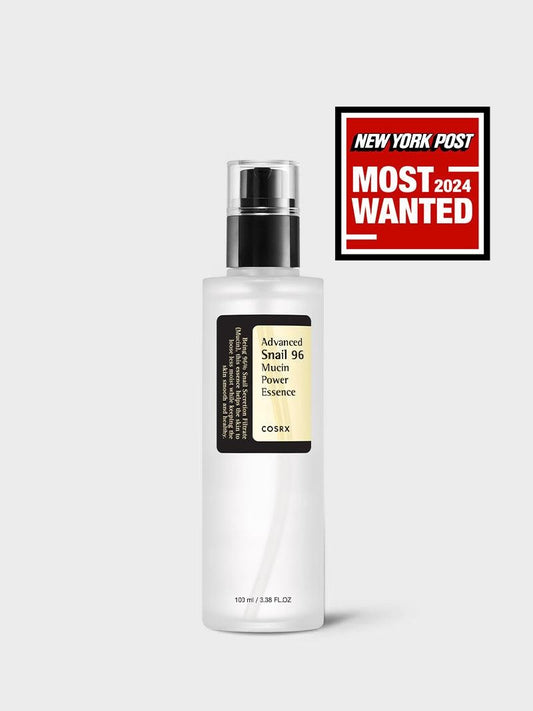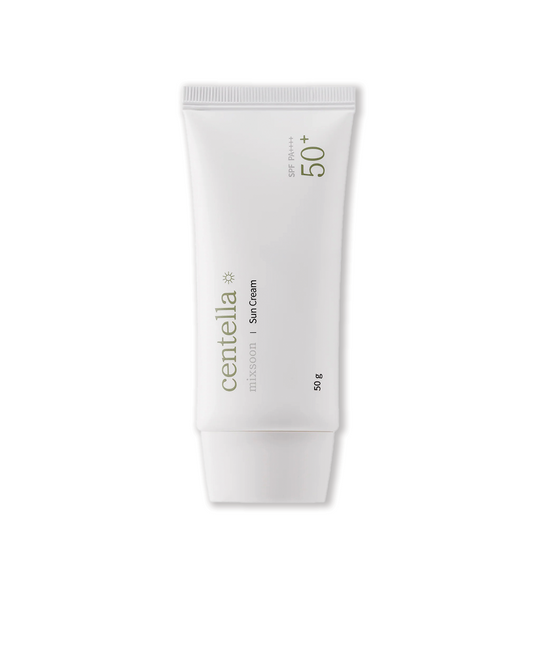The Rise of Waterless Skincare: Innovation Meets Sustainability
Introduction
In recent years, the beauty and skincare industry has undergone a massive transformation, with consumers becoming more conscious about the ingredients, formulations, and environmental footprint of the products they use daily. Among the most groundbreaking shifts is the emergence of waterless skincare — an innovative movement that not only redefines how products are formulated but also addresses urgent concerns about sustainability and resource conservation.
Traditionally, water has been the backbone of skincare and cosmetic formulations, often serving as a base in creams, cleansers, and serums. However, with global water scarcity becoming a pressing issue, brands and consumers alike are beginning to question whether it’s truly necessary to use so much water in beauty products. The answer has paved the way for waterless beauty, a trend that’s both eco-friendly and effective.
This blog will dive deep into what waterless skincare is, why it’s growing in popularity, the science behind it, its sustainability benefits, consumer demand, and the potential challenges and opportunities for the future.
What Is Waterless Skincare?
Waterless skincare refers to products that are formulated without water as the primary ingredient. Instead of relying on H2O as a base, brands use concentrated alternatives such as oils, butters, botanical extracts, or powders. This not only enhances the potency of the product but also eliminates unnecessary dilution.
Examples of waterless skincare products include:
-
Powder cleansers that activate when mixed with water.
-
Solid cleansing balms and bars instead of liquid cleansers.
-
Oil-based serums and moisturizers that deliver concentrated nutrients.
-
Pressed serums and sticks that are travel-friendly and long-lasting.
By removing water, these products often have higher concentrations of active ingredients, making them more effective in smaller doses.
Why Is Waterless Skincare Trending?
1. Environmental Sustainability
Water scarcity is no longer a distant threat — it’s a present-day reality. According to the UN, nearly 2.2 billion people worldwide lack access to safe drinking water. The skincare industry, which has relied heavily on water in formulations, is now under scrutiny. Waterless skincare significantly reduces demand for this resource, helping conserve it for more essential uses.
2. Longer Shelf Life
Water in cosmetics can encourage bacterial growth, requiring preservatives to maintain safety. By removing water, products become less prone to contamination, extending their shelf life and reducing reliance on harsh preservatives.
3. Potency and Effectiveness
Traditional skincare products often contain up to 70–80% water. By removing this filler, waterless formulas pack in more actives, oils, and natural extracts, delivering more targeted results with less product.
4. Consumer Shift Toward Minimalism
The skinimalism movement — embracing simpler, more effective routines — has fueled interest in concentrated formulas. Consumers no longer want ten diluted products; they prefer a few potent ones that truly work.
5. Convenience and Travel-Friendliness
Solid skincare products, such as cleansing bars or pressed serums, are spill-proof and portable. With airline restrictions on liquids, these products are becoming highly desirable for travelers.
Types of Waterless Skincare Products
-
Powder Cleansers – These powders activate with water at the time of use. They’re lightweight, mess-free, and preserve actives in their most stable form.
-
Solid Cleansing Balms & Bars – A luxurious alternative to foaming cleansers, they effectively dissolve makeup and dirt without stripping natural oils.
-
Oils & Butters – Instead of being diluted, moisturizers and serums use natural oils like jojoba, argan, and shea butter, providing deep hydration and barrier support.
-
Pressed Serums & Sticks – Innovative hybrid products that deliver hydration and nutrients in compact, solid form.
-
Powder Masks – Instead of ready-to-use masks with water-based formulas, powders allow consumers to mix with their liquid of choice (water, rosewater, or even aloe juice).
Sustainability Benefits of Waterless Skincare
1. Conservation of Water Resources
The beauty industry’s heavy reliance on water contributes to unnecessary consumption. With billions of people facing water shortages, eliminating water from formulations demonstrates corporate responsibility and environmental care.
2. Reduced Packaging Waste
Solid or concentrated products typically require smaller, lighter packaging. Many waterless products use eco-friendly packaging like recyclable cardboard or refillable containers, minimizing plastic waste.
3. Lower Carbon Footprint
Water-based products are heavier and bulkier to ship. Waterless products, being lighter and more compact, require less fuel for transportation, reducing carbon emissions.
4. Eco-Friendly Production
With fewer preservatives and chemicals needed to stabilize formulations, waterless products often lean toward cleaner and more natural ingredient lists, making them better for both the skin and the planet.
Challenges of Waterless Skincare
Despite its many benefits, waterless skincare faces certain challenges:
-
Consumer Education – Many people associate foaming cleansers and watery textures with cleanliness. It takes time to shift perceptions toward solid or powder-based products.
-
Price Point – Because waterless products are concentrated and use higher amounts of actives, they may appear more expensive upfront.
-
Formulation Limitations – Not every skincare product can easily be reformulated without water. Some actives, like hyaluronic acid, naturally rely on water-based systems for effectiveness.
-
Market Accessibility – While popular in certain regions, especially in Asia, waterless products are still niche in Western markets and require stronger marketing campaigns to achieve mainstream adoption.
Consumer Demand and the Market Landscape
The waterless skincare trend first gained traction in South Korea, known for its innovative beauty technologies. Today, the concept is spreading globally as more consumers demand sustainable and effective alternatives.
According to market insights, the global waterless cosmetics market is projected to grow significantly by 2030, driven by sustainability awareness, demand for travel-friendly products, and the rise of conscious consumerism.
Leading brands pioneering waterless skincare include:
-
Lush with its solid shampoo and conditioner bars.
-
Ethique, a New Zealand brand specializing in solid skincare and haircare.
-
Waterless Beauty Co. focusing exclusively on concentrated products.
-
High-end luxury brands experimenting with pressed serums and concentrated oils.
The Future of Waterless Skincare
As consumers continue to demand eco-friendly solutions, waterless skincare is poised to become a mainstream standard rather than a niche innovation. Here are some predictions for the future:
-
More Affordable Options – As demand grows, brands will scale production, bringing down prices and making waterless products more accessible.
-
Hybrid Innovations – Expect products that allow customizable mixing, such as powders you can combine with your choice of liquid.
-
Regulations and Standards – Governments may push for stricter sustainability practices, encouraging more brands to adopt waterless formulations.
-
Expansion Beyond Skincare – Haircare, body care, and even makeup are beginning to explore waterless formats, expanding the trend across the beauty industry.
How Consumers Can Embrace Waterless Skincare
For those looking to transition into this trend, here are practical steps:
-
Start Small – Try a powder cleanser or a solid balm instead of switching your entire routine.
-
Research Ingredients – Look for concentrated, natural actives that suit your skin type.
-
Be Open-Minded – Adjusting to textures like powders or bars takes time but delivers long-term benefits.
-
Support Sustainable Brands – Purchasing from companies committed to eco-friendly practices amplifies your personal impact.
Conclusion
Waterless skincare is more than just a passing beauty trend — it’s a sustainability movement reshaping the future of beauty. By eliminating water as a filler ingredient, brands are producing more potent, effective, and environmentally responsible products. While challenges remain, the rise of waterless skincare reflects a broader shift in consumer values toward conscious consumption, minimalism, and eco-friendly living.
As we look ahead to the next decade, it’s clear that waterless skincare has the potential to revolutionize not only how we care for our skin but also how we care for our planet. In a world where every drop of water matters, choosing waterless beauty may just be the next big step toward a greener, cleaner future.

